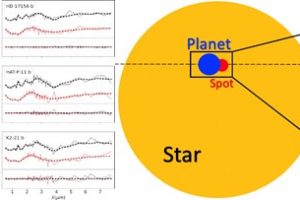Astronomers found the pulsar at the center of SN 1987A

Since astronomers captured the bright explosion of a star on February 24, 1987, researchers have been searching for the squashed stellar core that should have been left behind. A group of astronomers using data from NASA space missions and ground-based telescopes may have finally found it. [Continue reading at this link]
» Read more








